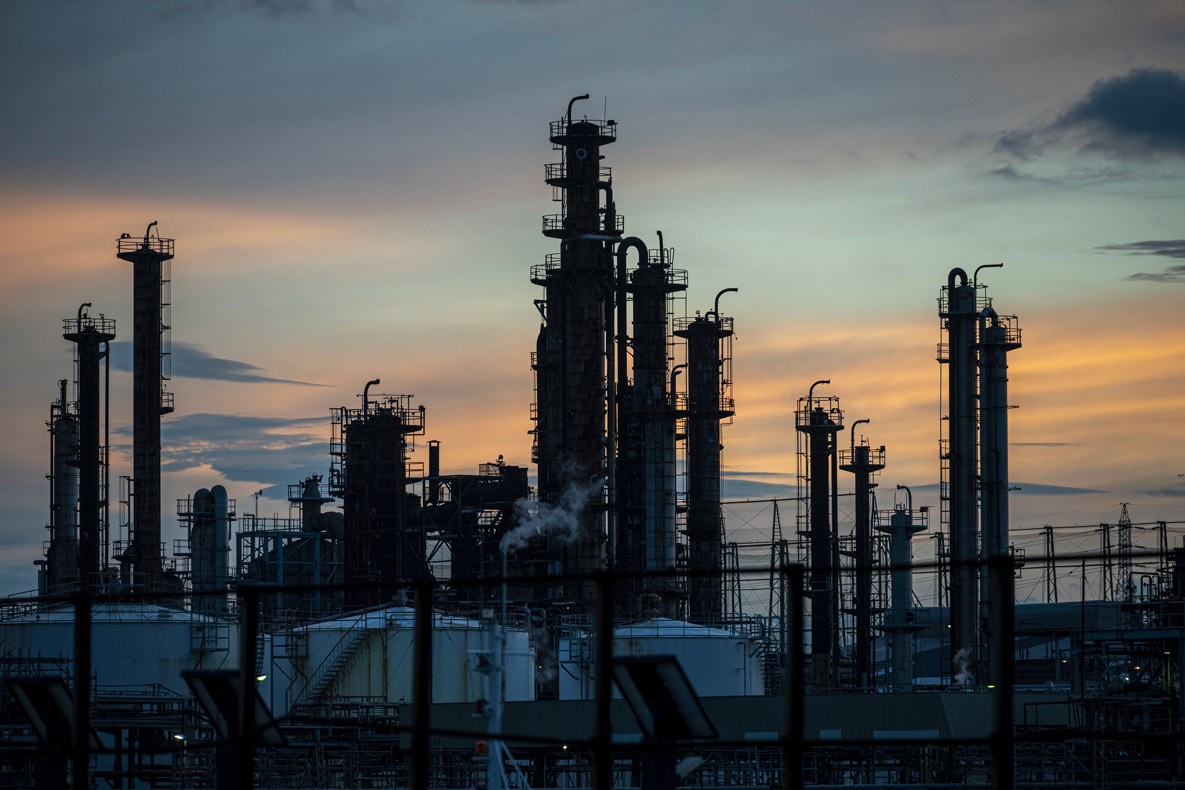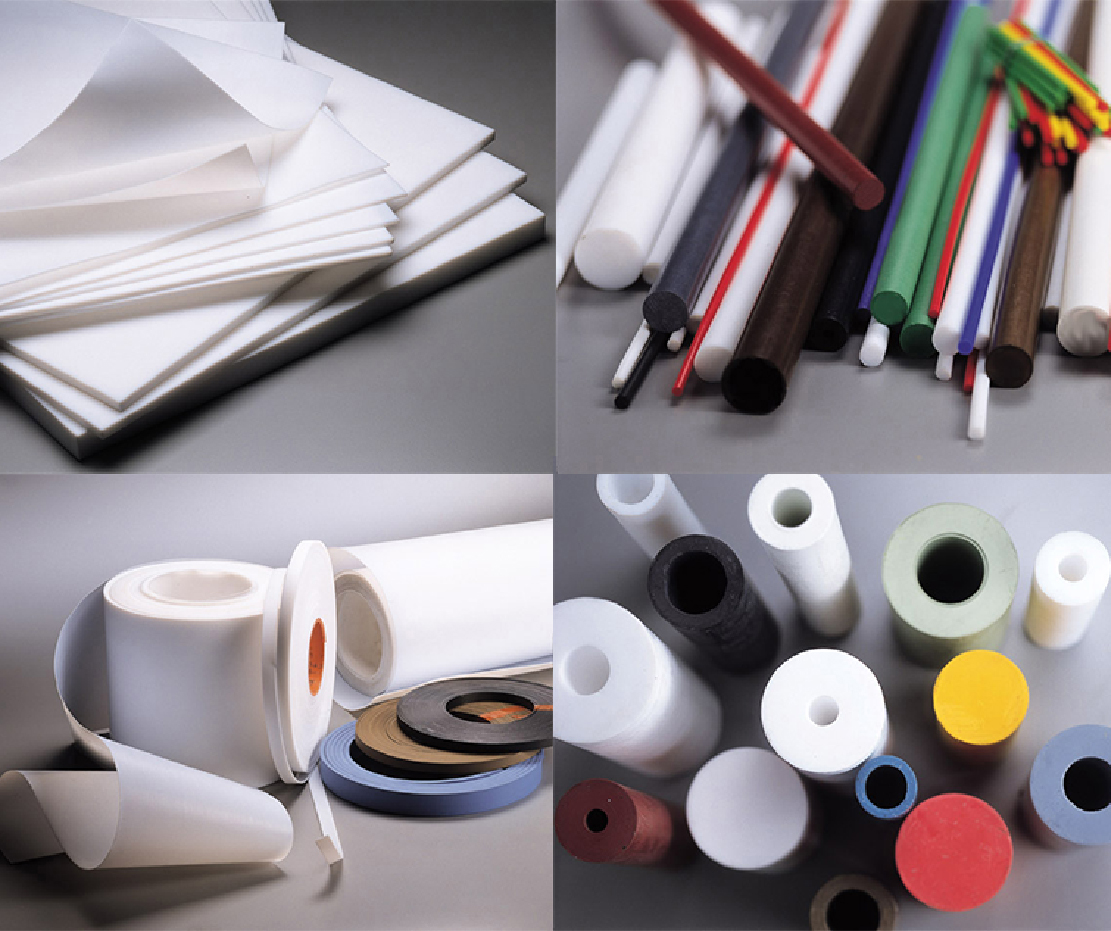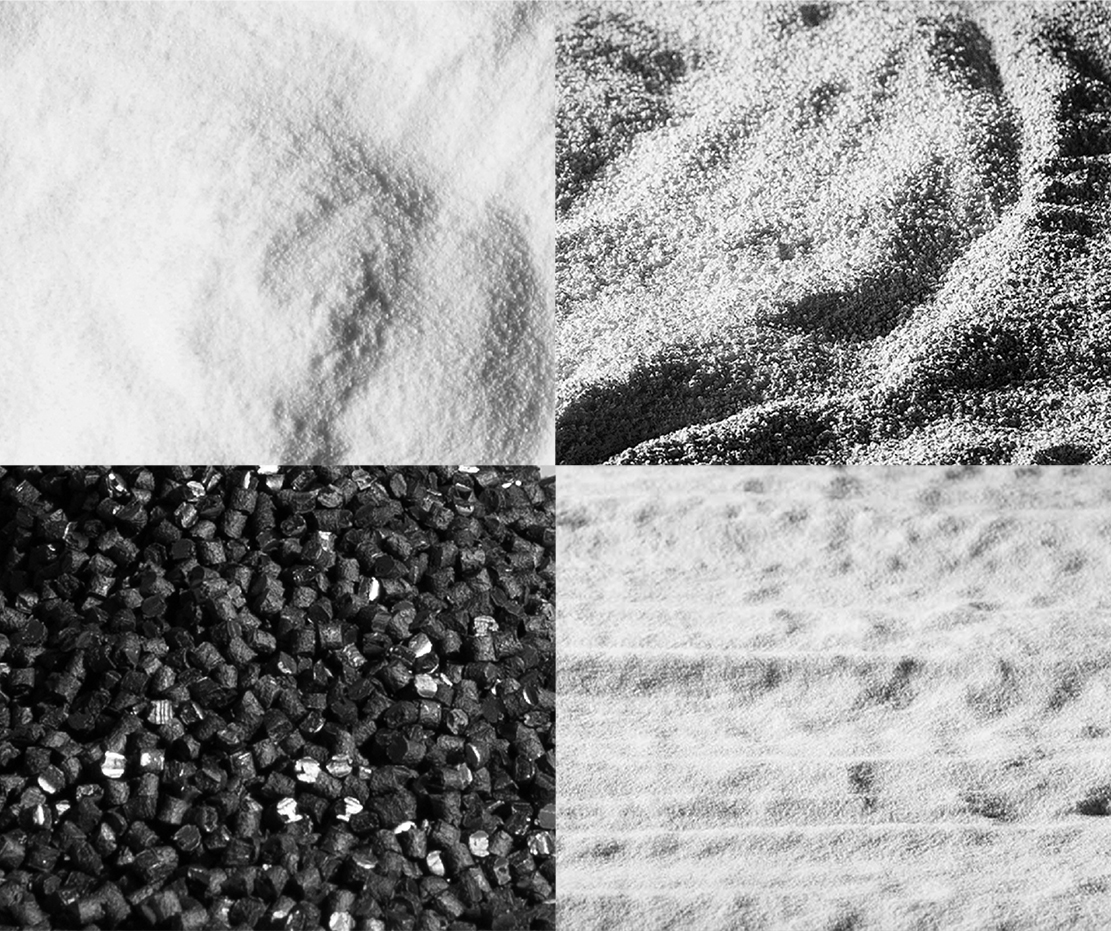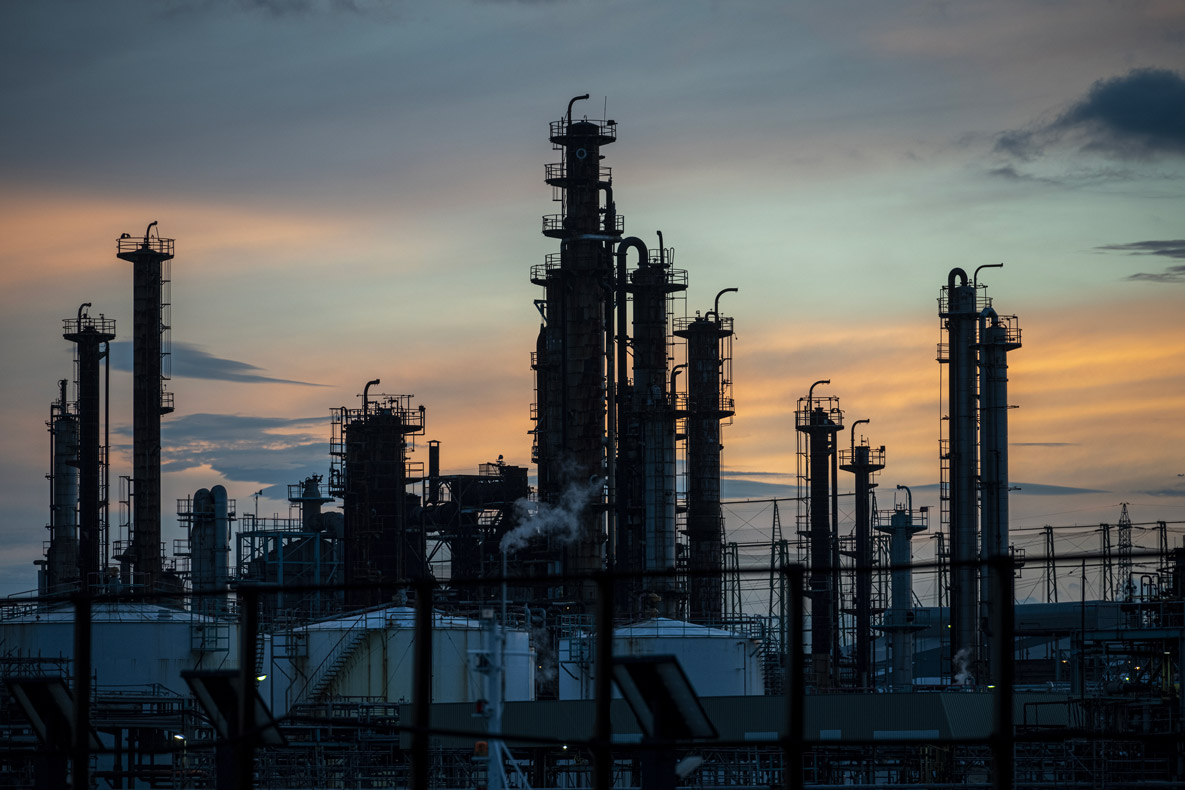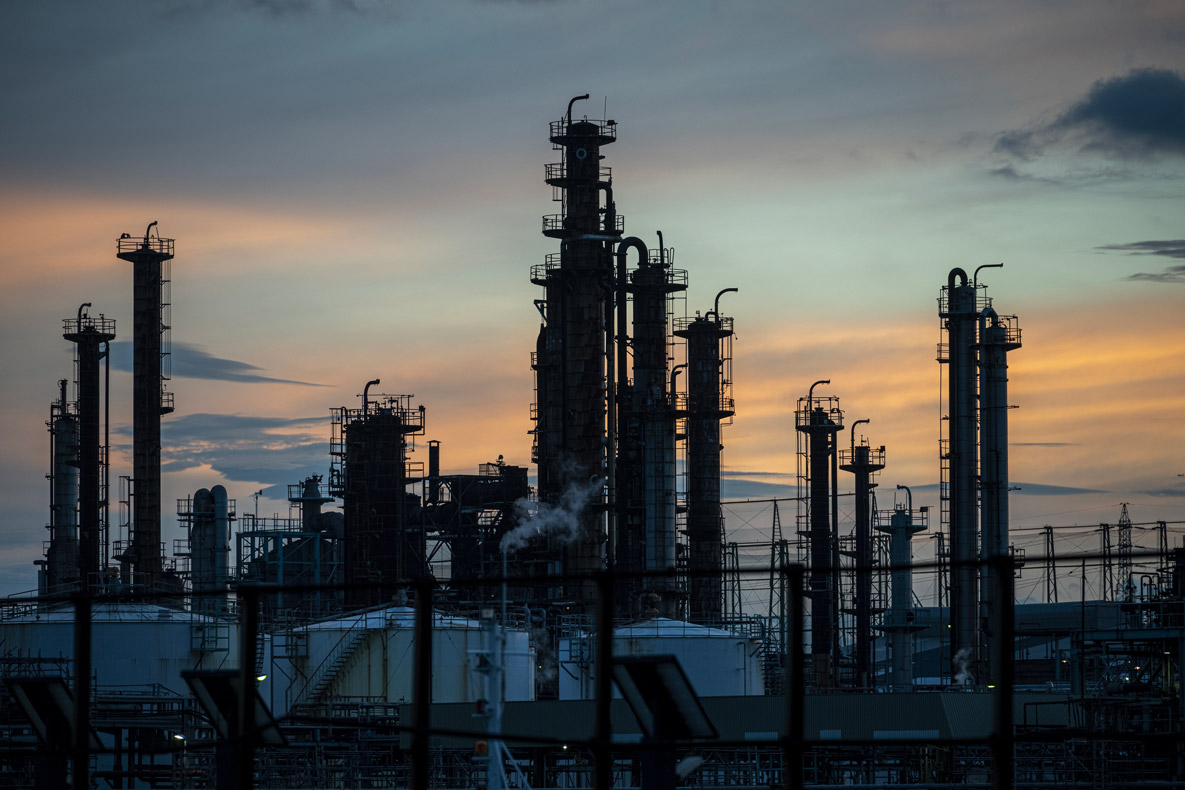Properties
PTFE Properties
Mechanical Properties
The following table displays the mechanical properties of PTFE, measured at the temperature of 23°C. Take note that between 19°C and 21°C, the material shows a transition point determined by a modification of its crystalline structure which provokes a loss of volume of about 1%. Other particular properties of PTFE are its non-adhesivity and its low friction coefficient, above all under high loads.
Chemical Properties
PTFE withstands virtually all chemical reactants. It is only attacked by elemental alkali metals, chlorotrifluorides and elemental fluorine at high pressure and high temperature. PTFE is indifferent to all solvents up to 300°C. It can only be swelled and melt by some highly fluorinated oils at temperatures around the crystalline melting point.
Thermal Properties
PTFE has a low heat transmission factor and can be therefore considered a thermoinsulating material. It also shows flame- retardant properties and is stable at 260°C for an indefinite length of time.
Electrical Properties
PTFE has optimum dielectric properties within a vast range of temperatures and frequencies. As water absorption is virtually inexistent, these properties are maintained even after a prolonged exposure to weather agents. Electric strength is practically not influenced by the operating temperature. The resistance to arcing of PTFE is considerable and the spark does not generate carbon residues but only non-conductive vapours. The other electric properties (dielectric constant, surface resistivity, volume resistivity, power factor, etc.) show very interesting values.
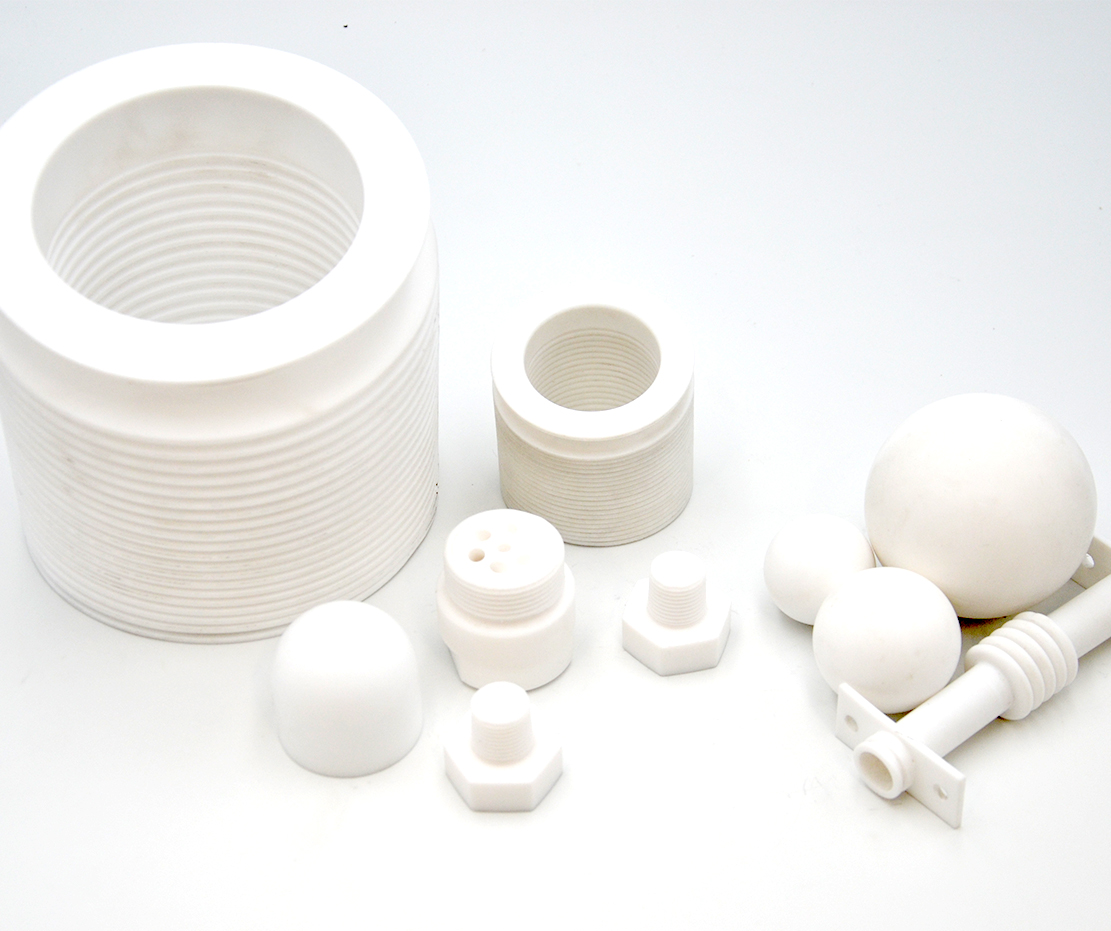
Standard Compounds
PTFE Standard Compounds
| Charge |
% |
Density
(g/cm3) |
|
|
Hardness
(Shore D) |
Volume resistivity
Ω (cm) |
| 2% CSC |
98% ptfe vergine + 2% filler speciale conduttivo |
2,130 – 2,190 |
≥ 22 |
≥ 250 |
≥ 54 |
104 |
| 10% Carbone |
90% ptfe vergine + 10% carbone |
2,130 – 2,180 |
≥ 20 |
≥ 200 |
≥ 62 |
107 |
| Diflon D |
72% ptfe vergine + 28% fibre di vetro |
2,200 – 2,270 |
≥ 13 |
≥ 180 |
≥ 60 |
1015 |
| 15% Carbone |
85% ptfe vergine + 15% carbone |
2,100 – 2,150 |
≥ 14 |
≥ 150 |
≥ 62 |
106 |
| 15% Vetro |
85% ptfe vergine + 15% fibre di vetro |
2,200 – 2,250 |
≥ 18 |
≥ 200 |
≥ 58 |
1015 |
| 20% Vetro+5% Grafite |
75% ptfe vergine+ 20% fibre di vetro+ 5% grafite |
2,22 – 2,28 |
≥ 16 |
≥ 180 |
≥ 58 |
1010 |
| 15% Vetro+5% Mos2 |
80% ptfe vergine + 15% fibre di vetro + 5% Bisolfuro |
2,250 – 2,300 |
≥ 18 |
≥ 200 |
≥ 58 |
1015 |
| 15% Grafite |
85% ptfe vergine + 15% grafite |
2,14 – 2,170 |
≥ 16 |
≥ 180 |
≥ 55 |
107 |
| 15% Quarzo |
85% ptfe vergine + 15% quarzo |
2,200 – 2,250 |
≥ 18 |
≥ 240 |
≥ 60 |
1015 |
| 20% Caf2 Brown |
80% ptfe vergine+ 20% fluoruro di calcio+ Special |
2,23-2,29 |
≥ 15 |
≥ 150 |
≥ 60 |
1015 |
| 20% Grafite |
80% ptfe vergine+ 20% grafite |
2,12 – 2,18 |
≥ 14 |
≥ 140 |
≥ 55 |
107 |
| 20% Peek |
80% ptfe vergine+ 20% Peek |
1,880– 1,930 |
≥ 13 |
≥ 35 |
≥ 65 |
1017 |
| 25% Carbone |
75% ptfe vergine + 25% carbone |
2,050 – 2,120 |
≥ 13 |
≥ 60 |
≥ 62 |
104 |
| 25% Carbone B |
75% ptfe vergine + 25% grafite di carbone morbido |
2,070 – 2,120 |
≥ 13 |
≥ 60 |
≥ 62 |
104 |
| 25% Vetro |
75% ptfe vergine + 25% fibre di vetro |
2,200 – 2,270 |
≥ 13 |
≥ 180 |
≥ 60 |
1015 |
| 35% Carbone |
65% ptfe vergine + 35% carbone |
2,030 – 2,100 |
≥ 15 |
≥ 40 |
≥ 63 |
104 |
| 35% Carbone B |
65% ptfe vergine + 35% carbone morbido |
2,030 – 2,090 |
≥ 15 |
≥ 40 |
≥ 63 |
104 |
| 3% MoS2 |
97% ptfe vergine + 3% Bisolfuro di molibdeno |
2,20 – 2,25 |
≥ 25 |
≥ 250 |
≥ 55 |
1017 |
| 40% Bronzo |
60% ptfe vergine + 40% bronzo |
3,05 – 3,15 |
≥ 15 |
≥ 180 |
≥ 65 |
107 |
| 40% Bronzo Green |
60% ptfe vergine + 40% bronzo + pigmento speciale |
3,05 – 3,150 |
≥ 15 |
≥ 180 |
≥ 65 |
107 |
| 40% Verde |
60% ptfe vergine + 40% fibre di vetro |
2,200 – 2,270 |
≥ 13 |
≥ 180 |
≥ 60 |
1015 |
| 50% INOX |
50% ptfe vergine+ 50% acciaio inossidabile AISI |
2,030 – 2,090 |
≥ 15 |
≥ 40 |
≥ 63 |
104 |
| 60% Bronzo |
40% ptfe vergine + 60% bronzo |
3,80 – 4,00 |
≥ 17 |
≥ 150 |
≥ 65 |
107 |
| DIFLON E |
basato su PTFE vergine contenente fibre di vetro e |
2,250 – 2,300 |
≥ 20 |
≥ 220 |
≥ 58 |
1015 |
| DIFLON FR |
contentente fibre di vetro e Isostatic moulding |
2,200 – 2,270 |
≥ 13 |
≥ 180 |
≥ 60 |
1015 |
| DIFLON K |
based on Virgin PTFE containing an organic polymer |
2,250 – 2,300 |
≥ 20 |
≥ 220 |
≥ 58 |
1015 |
Storage, Safety, Delivery
PTFE - Storage, Safety, Delivery
Storage and Handling
PTFE can be stored for a long period of life and is exceptionally resistant to aging and weather conditions up to 10 years. Specific aging tests carried out on sample exposed to aging and atmospheric conditions, showed no changes in weight and volume. In case of semi-finished products, before processing or before the machining, it is advisable to store the material for 24 hours in the production area, preferable in a clean and dry place at a temperature of less than 25°C (77°F), preferably between 21- 25°C (70-77°F). This is very important when room temperature is low; in such cases the material should be conditioned up to 72 hours in the production area in the recommended temperature range.
Delivery Formats
PTFE is supplied in the following shapes and formats: Semi-finished products: rods, tubes, sheets, tapes, strips. Shapes and sizes as per fluorsealsTM General Size List and/as per customer request. Machined parts: Shapes and sizes as per customer request.
Safety Instruction
Follow the normal precautions observed with all fluoropolymer materials. Please consult the Material Safety Data Sheet and Product Label for information regarding the safe handling of the material. By following all precautions and safety measures, processing, machining, and using these products poses no known health risks. General handling and processing precautions include: 1) Process only in well-ventilated areas. 2) Do not smoke in working areas. 3) Avoid eye contact. 4) Avoid mouth contact. 5) If skin comes into contact with these products during handling, wash with soap and water afterwards. 6) Avoid contact with hot fluoropolymers. The user must verify that the finished parts, made out of the semi-finished product, are technically suitable for the requested application. The user must also verify that the finished item may not cause any modification to the organoleptic properties of the foodstuff and that the item’s technological fitness it is assigned to may be guaranteed. For each foreign country market, where the articles are introduced into, it is user’s responsibility to verify whether both material than articles comply with the applicable laws and regulations.
